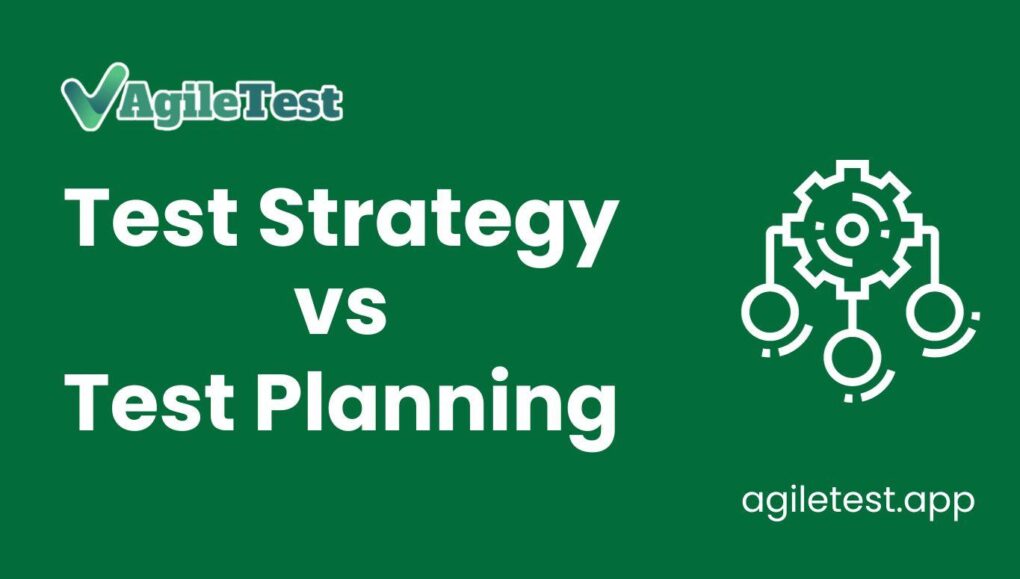In the ever-evolving realm of software development methodologies, two prominent approaches have risen to the forefront, each bearing its unique hallmarks and virtues. Test-First Development and Test-Driven Development, while seemingly intertwined, unfurl their distinct narratives in shaping the way software is crafted and refined. This article navigates the intricacies of these methodologies, dissecting their nuances and unraveling their impact on the software development landscape.
The Essence of Test-First Development
Test-First Development (TFD), as articulated by Gerard Meszaros, is a practice that stakes its foundation on a simple yet profound principle: the tests are authored prior to the creation of the production code. This fundamental premise fosters a culture of foresight and meticulous planning, where the expectations of a feature’s behavior are codified before the feature itself.
The distinction between Test-First Development and Test-Driven Development (TDD) emerges from the nuanced evolution of the development process. TFD, according to Meszaros, does not inherently prescribe the gradual and iterative construction of the production code in tandem with individual tests, as observed in the concept of “emergent design” within TDD. In essence, while tests undoubtedly lead the dance in Test-First Development, the choreography of code evolution is not bound by the strict sequence of test-by-test realization.
Erik Bos, in his exploration of the landscape, discerns a subtle yet significant facet of Test-First Development. He introduces the concepts of “test-first programming” and “test-first design,” revealing that TFD encompasses both paradigms. Test-first programming entails the creation of production code that aligns with a preconceived design, even if that design is initially formulated on a whiteboard rather than through an incremental test-driven evolution. This insight underscores the versatility of TFD, accommodating larger projects where architectural discussions sculpt the design prior to code implementation.
Unveiling the Test-Driven Development Odyssey
Test-Driven Development (TDD), a paradigm closely aligned with the Agile philosophy, paints a captivating tableau where tests and code intertwine in a harmonious pas de deux. Unlike Test-First Development, TDD paints a more intricate canvas, demanding that the production code evolves organically in response to individual tests.
Meszaros succinctly captures the essence of Test-Driven Development, highlighting its distinctive feature of “emergent design.” In this choreography, each test serves as a guiding star, illuminating the path for the incremental construction of the production code. TDD’s symphony unfolds in a series of iterative steps, with each test propelling the codebase closer to the desired functionality. As the tests are composed first, their implementation subsequently molds the architecture and design of the software. This intricate interplay of test and code embodies the heart of TDD, steering developers toward an emergent design that crystallizes the feature’s behavior.
Erik Bos introduces the concept of “test-first design” within the TDD realm. Here, the tests act as the vanguard, marching forth to illuminate the design landscape. Bos underscores the collaborative aspect of design discussions, often occurring around a whiteboard, where architectural decisions are deliberated before the dance of code commences. In the realm of Test-Driven Development, this design trajectory is more frequently traversed on smaller projects, allowing for an intimately woven relationship between tests, design, and code.
A Dichotomy of Application: Project Scale and Automation Focus
The application domains of Test-First Development and Test-Driven Development are not rigidly confined; rather, they adapt to the contours of project scale and automation depth.
In the expansive realm of Test-First Development, the latitude of choice extends to the level at which tests are applied—be it the unit test level or the customer test level. This adaptability empowers development teams to tailor their approach based on the nature of the project and the desired coverage. From fine-grained unit tests that scrutinize discrete functionalities to broader customer tests that validate end-to-end scenarios, Test-First Development accommodates a spectrum of testing landscapes.
Test-Driven Development, with its focus on emergent design and incremental code evolution, offers a distinctive flavor. Here, the dance of tests and code unfolds with meticulous choreography, emphasizing a close-knit connection between each test and its corresponding code iteration. TDD thrives on the iterative cadence, wherein each test prompts the creation of production code that seamlessly fits into the emerging architecture. This iterative rhythm is particularly potent in smaller projects, where discussions around a whiteboard fuel the design’s evolution through the medium of tests.
A Harmonious Convergence: Lessons from the Divide
While Test-First Development and Test-Driven Development unfurl their separate narratives, they ultimately coalesce around a common theme: a commitment to quality and a systematic approach to software development.
Test-First Development serves as a beacon of foresight, encouraging developers to envisage the tests before embarking on the production journey. It embraces the spectrum of test automation and project scale, offering flexibility while championing a culture of test-centric design. In the realm of larger projects, it accommodates design discussions that guide the subsequent production code.
Test-Driven Development, on the other hand, champions the art of emergent design, where tests shepherd the architecture and code into harmonious alignment. It thrives on the iterative embrace of tests and code, fostering a symbiotic relationship that shapes the software’s essence. TDD shines brightest in the crucible of smaller projects, where whiteboard discussions kindle the spark of architectural brilliance.
In the grand tapestry of software development, Test-First Development and Test-Driven Development converge as two facets of a larger truth. Their distinctions enrich the developer’s toolkit, offering versatile strategies to mold code, design, and tests. The journey through these methodologies reveals a landscape where tests illuminate the path ahead, shaping the software’s destiny and culminating in a harmonious symphony of code and quality.




